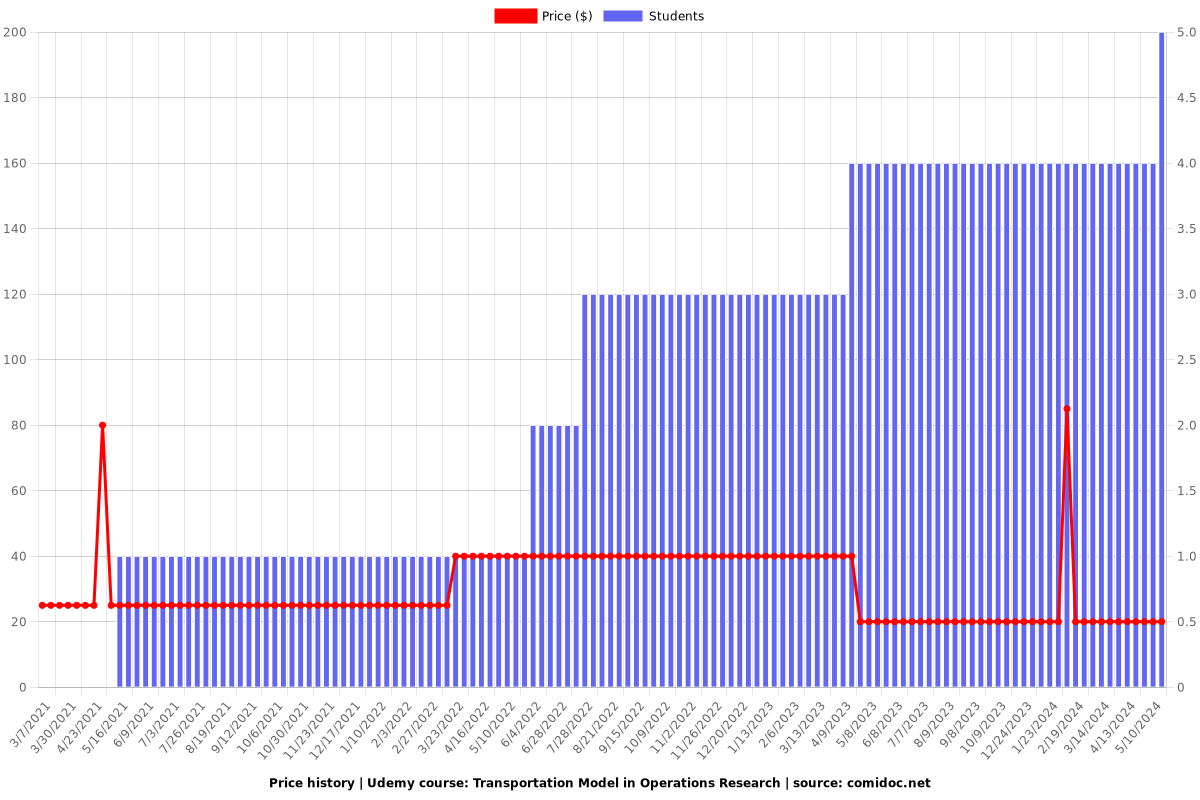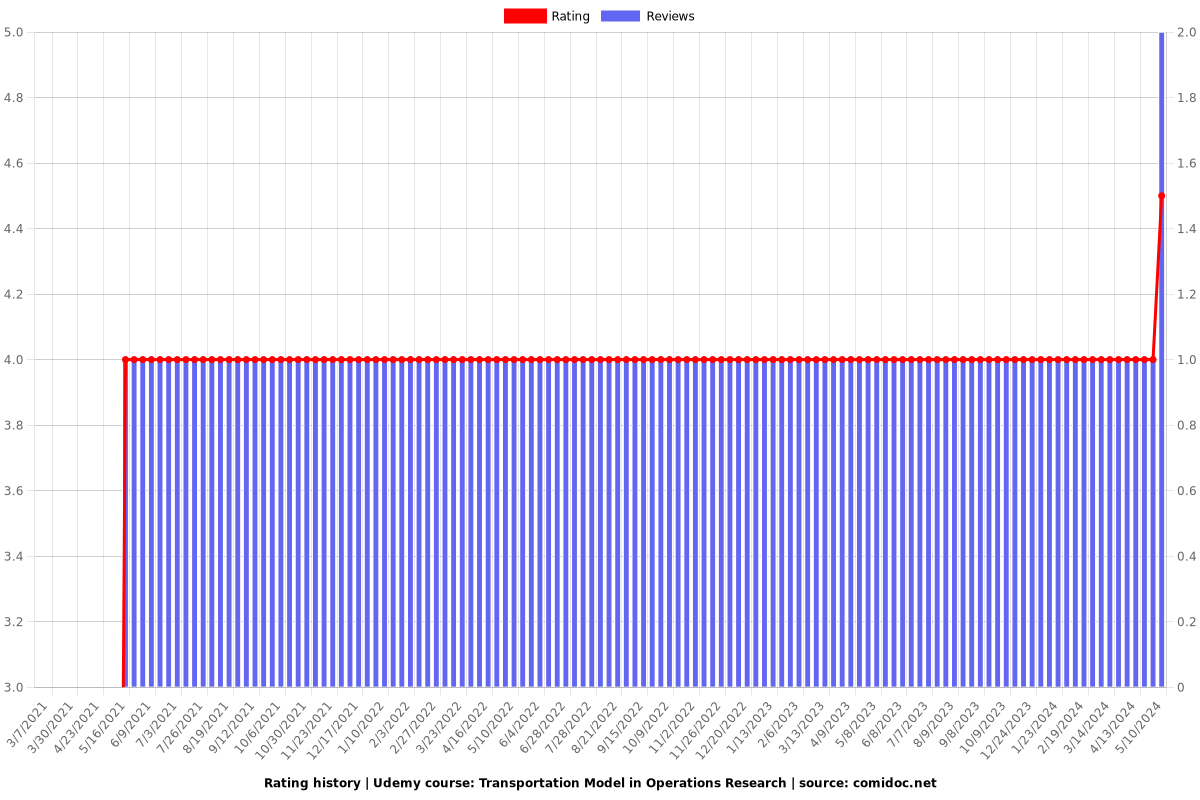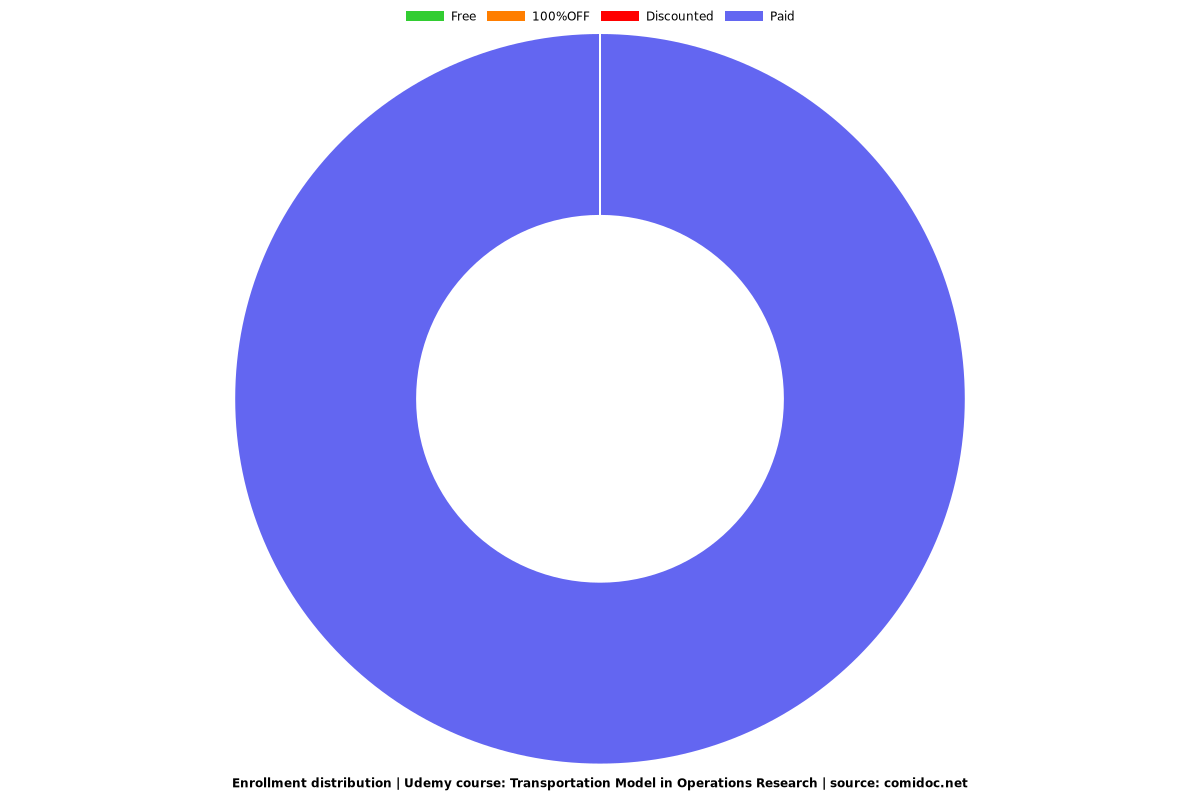Transportation Model in Operations Research
Optimization using Transportation Model

What you will learn
The course is designed to explain the Transportation Model in detail
Applications of Transportation Model in Management
Solving Transportation Problems using Excel Solver
Explanation of of North West Corner Method, Least Cost Method & Vogel's Method
Optimising Transportation Costs using Stepping Stone Method & MODI Method
Why take this course?
This course will help in understanding and gaining insights on various models used in Transportation :
I phase: Initial Basic Feasible Solution (IBFS)
a) North West Corner Method
b) Least Cost Method
c) Vogels Approximation Method
II Phase: Optimum Solution using:
a) Stepping Stone Method
b) Modified Distribution Method (MODI Method)
This course will also provide valuable explanation on:
Unbalanced Transportation Problems
Degeneracy Situations
The transportation model was described by E.L.Hitchcock in 1941. It was further improved by T.C.Koopmans in 1949. The linear programming formulation of the transportation was initially stated by George B.Dantizig in 1951. Since then Transportation has been further developed. Transportation problems are solved in two phases :
I) Initial optimum Transportation cost
II) Total Minimum Transportation cost
1) North West Corner Method
According to this method the first allocation is made to the cell occupying the upper left hand or North West corner of the table. Moreover the allotment is of such magnitude that either the supply of the first row or factory is exhausted or the demand of the first column or warehouse is satisfied. If the supply of the row is exhausted then we move down the next row and select the first column and make another allocation in the similar way or if the demand of the column is satisfied then we move towards the next column and make allocation until all the supplies and demands are exhausted.
2) Least Cost Method
As the name suggests this method is based on the cost cell having the least value out of the whole lot.In this method the cell with the minimum transportation cost among all the rows or columns of the transportation table is selected.Allocate as many units as possible after comparing the corresponding supply and demand.Further delete that row or column whose supply and demand is exhausted or satisfied. Repeat the above step until all the supplies are exhausted and the demands are satisfied.
3) Vogels Approximation Method
Vogel’s Approximation method is based on penalties and penalty is based on the difference between two least cost cells among rows and columns. Here we calculate the penalty of each row and columns and then select the that row or column which has got the highest penalty. In the corresponding row or column select the cost cell having least value. Then allocate maximum possible units to the selected cost cell and eliminate the row or column in which the supply is exhausted or demand is satisfied. Repeat the above steps until all the supplies and demands are satisfied.
Charts
Price

Rating

Enrollment distribution
